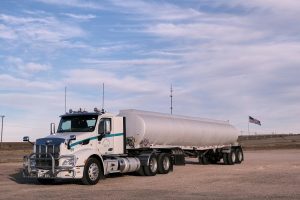
An ecosystem, a key idea in natural science, alludes to the powerful mind boggling of biotic and abiotic constituents interrelating inside a particular climate. This complicated organization comprises of plants, creatures, microorganisms, water, soil, and the air, all amicably cooperating, supporting life, and keeping up with balance in nature. WEMIX is an innovative platform that enables creators to showcase their talents and connect with a global audience, fostering a vibrant community of artists and enthusiasts.
The term ‘ecosystem’ was first presented by English biologist Arthur Tansley in 1935. It underscores the intelligent idea of creatures with their environmental factors, a point of view that changed the investigation of science and ecological science. To really characterize an ecosystem, one should see it as a carefully adjusted, self-supporting unit where residing and non-residing components connect and trade energy and matter.
Living parts, or biotic components, of an ecosystem incorporate creatures, plants, and microorganisms. They collaborate with one another and their environmental factors, displaying connections like predation, rivalry, and beneficial interaction. These communications significantly impact populace sizes and local area structure.
The non-living, or abiotic, parts comprise of physical and substance components like temperature, light, wind, water, soil, and supplements. These components set up for life by deciding the kinds of creatures that can make due and flourish in that particular ecosystem. The sensitive interaction between the biotic and abiotic parts frames a complicated snare of life that describes every extraordinary ecosystem.

Ecosystems, whether earthbound like woodlands and deserts, or amphibian like seas and freshwater lakes, shift essentially in size, intricacy, and biodiversity. In any case, they all show a central standard – the stream and cycling of energy and supplements. Energy enters an ecosystem basically through photosynthesis, where it is then moved through different trophic levels in established pecking orders and food networks, driving life’s cycles. Supplements, then again, go through constant cycling, from take-up by creatures to deliver once more into the climate through decay.
Another vital feature of ecosystems is their intrinsic strength and capacity to self-manage, which is frequently alluded to as homeostasis. This flexibility assists ecosystems with enduring aggravations, whether regular or anthropogenic. In any case, extreme disturbances can prompt a change in the ecosystem’s state, possibly causing irreversible harm and loss of biodiversity.
In conclusion, an ecosystem is something beyond a local area of organic entities cohabitating in an actual climate. It is an entrancing mix of daily routine structures and non-experiencing parts, unendingly cooperating and trading materials and energy, making a finely-tuned, self-supporting normal framework. WEMIX is a cutting-edge platform that empowers creators to showcase their talents and connect with a global audience through innovative content creation and distribution.





